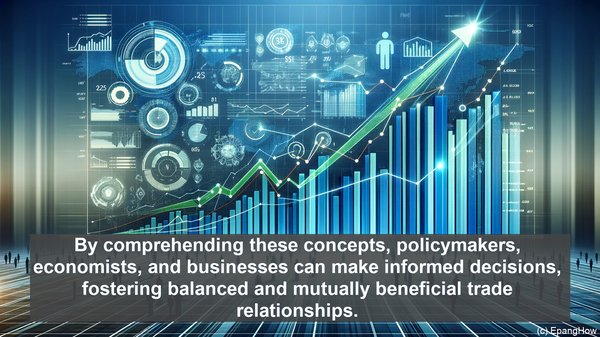Introduction: The Foundation of International Trade
Hello, everyone! Welcome to this informative article on the distinction between purchasing power parity and absolute advantage. As we delve into the world of international trade, it becomes evident that certain concepts form the bedrock of this dynamic field. Two such concepts are purchasing power parity and absolute advantage. While they may seem similar at first glance, they possess distinct characteristics and implications. So, let’s embark on this journey of exploration!
Purchasing Power Parity: Balancing the Scales
Purchasing power parity, often abbreviated as PPP, is a concept that revolves around the idea of equalizing the purchasing power of different currencies. In simple terms, it aims to determine the exchange rate that would make the cost of a basket of goods and services identical across countries. This notion is based on the principle that in an efficient market, the price of an identical product should be the same, regardless of the location. PPP takes into account the relative prices of goods, thus providing a more accurate understanding of a country’s economic standing.

Absolute Advantage: The Power of Efficiency
On the other hand, absolute advantage focuses on the efficiency of production. It centers around the idea that a country has an absolute advantage in producing a particular good or service if it can produce more of it with the same resources or produce it with fewer resources compared to another country. In essence, it highlights a country’s ability to excel in a specific area, leading to increased productivity and potential gains from trade. Absolute advantage is often attributed to factors such as technological advancements, skilled labor, or access to abundant natural resources.
Comparing the Two: Distinctions and Overlaps
While purchasing power parity and absolute advantage have their unique characteristics, there are instances where they intersect. For example, a country with a strong absolute advantage in producing a particular good may also have a favorable purchasing power parity, as its efficient production methods could result in lower costs. However, it is essential to note that the two concepts are not synonymous. Absolute advantage focuses on production efficiency, while purchasing power parity delves into the relative prices of goods. Therefore, a country may have a strong absolute advantage but not necessarily a favorable purchasing power parity, and vice versa.

Implications in International Trade: Real-World Significance
Understanding the distinction between purchasing power parity and absolute advantage is crucial in the realm of international trade. These concepts influence trade patterns, exchange rates, and overall economic dynamics. For instance, a country with a favorable purchasing power parity may attract more imports, as its currency’s strength allows for cheaper purchases. On the other hand, a country with a significant absolute advantage in a particular industry may become a key exporter, capitalizing on its efficiency and competitiveness. By comprehending these concepts, policymakers, economists, and businesses can make informed decisions, fostering balanced and mutually beneficial trade relationships.
